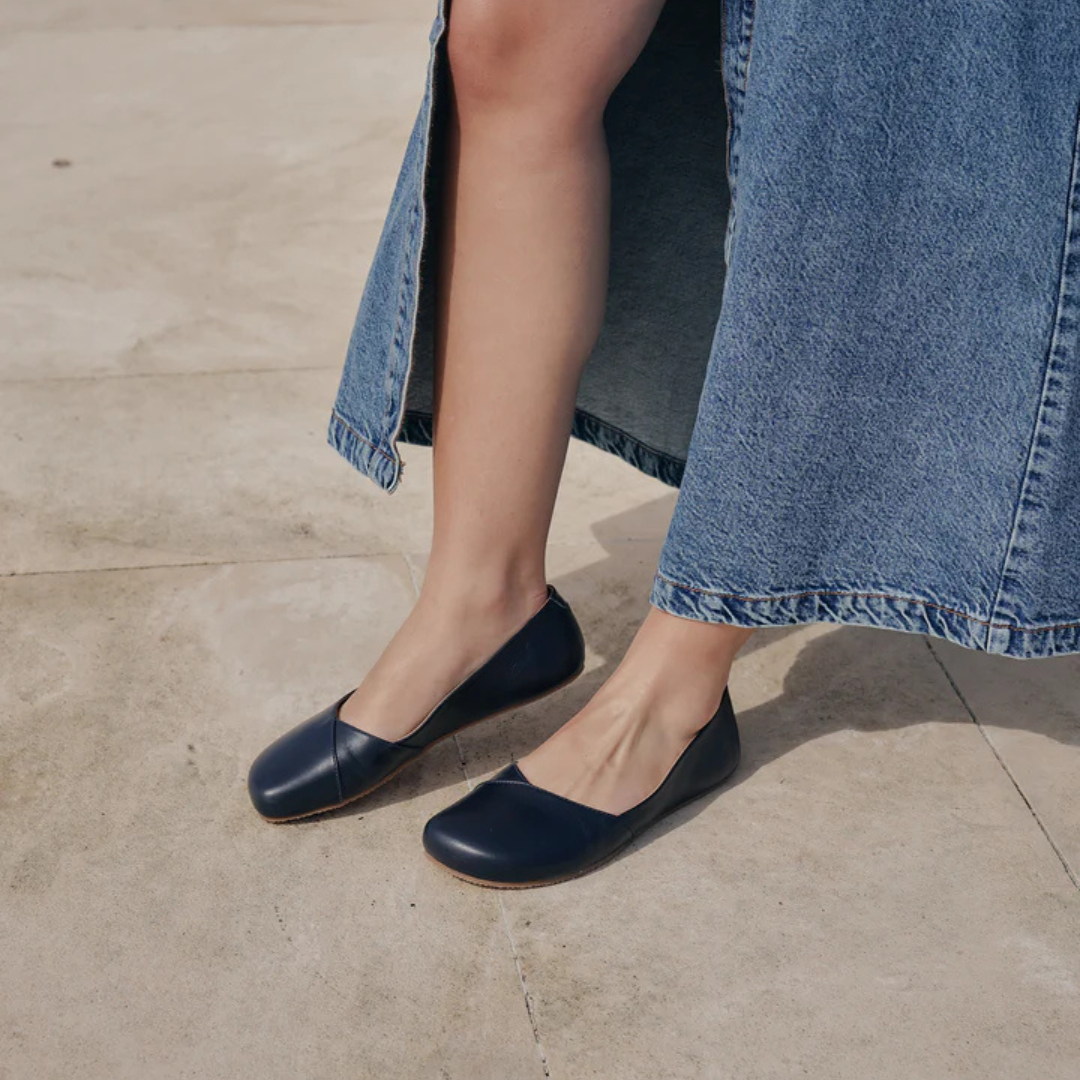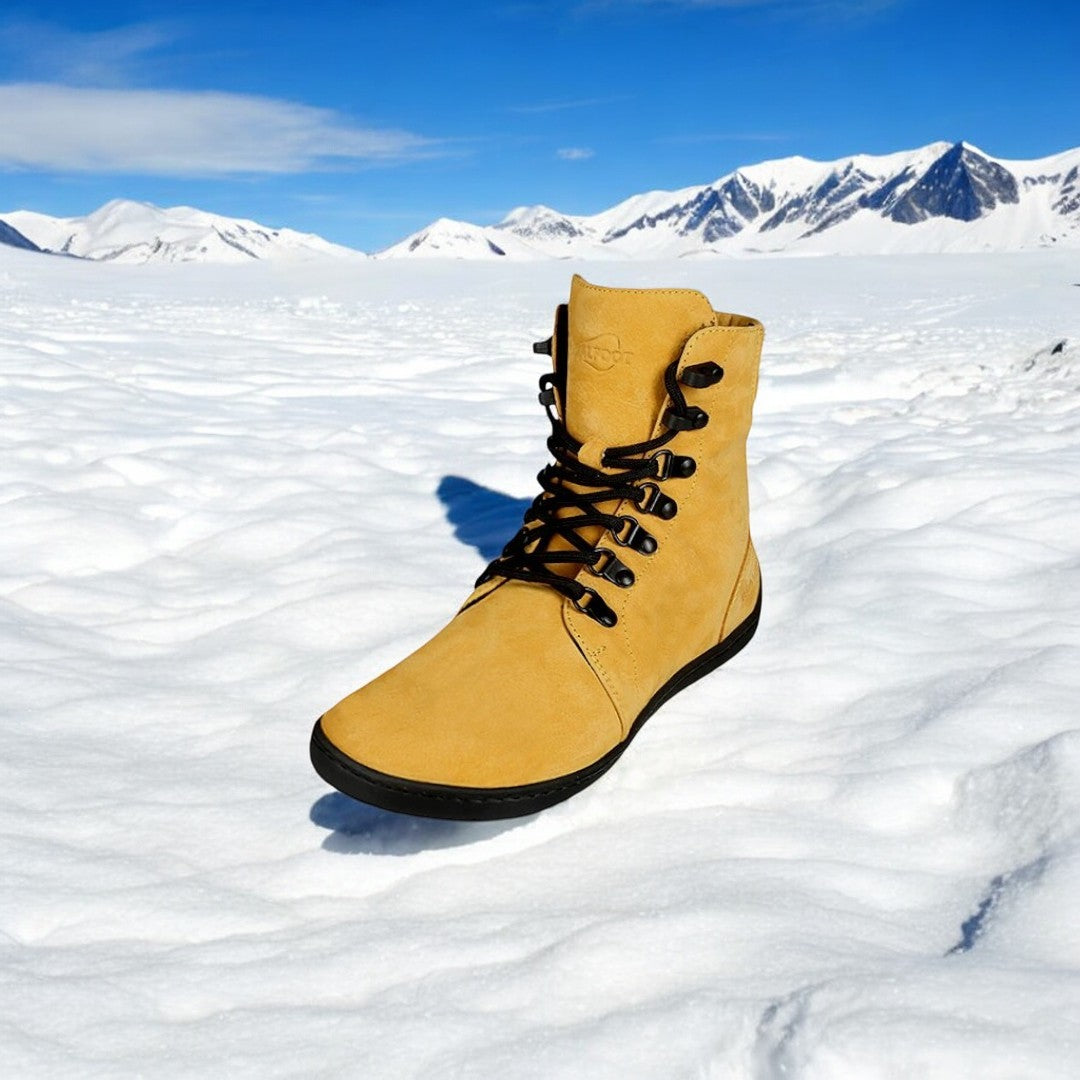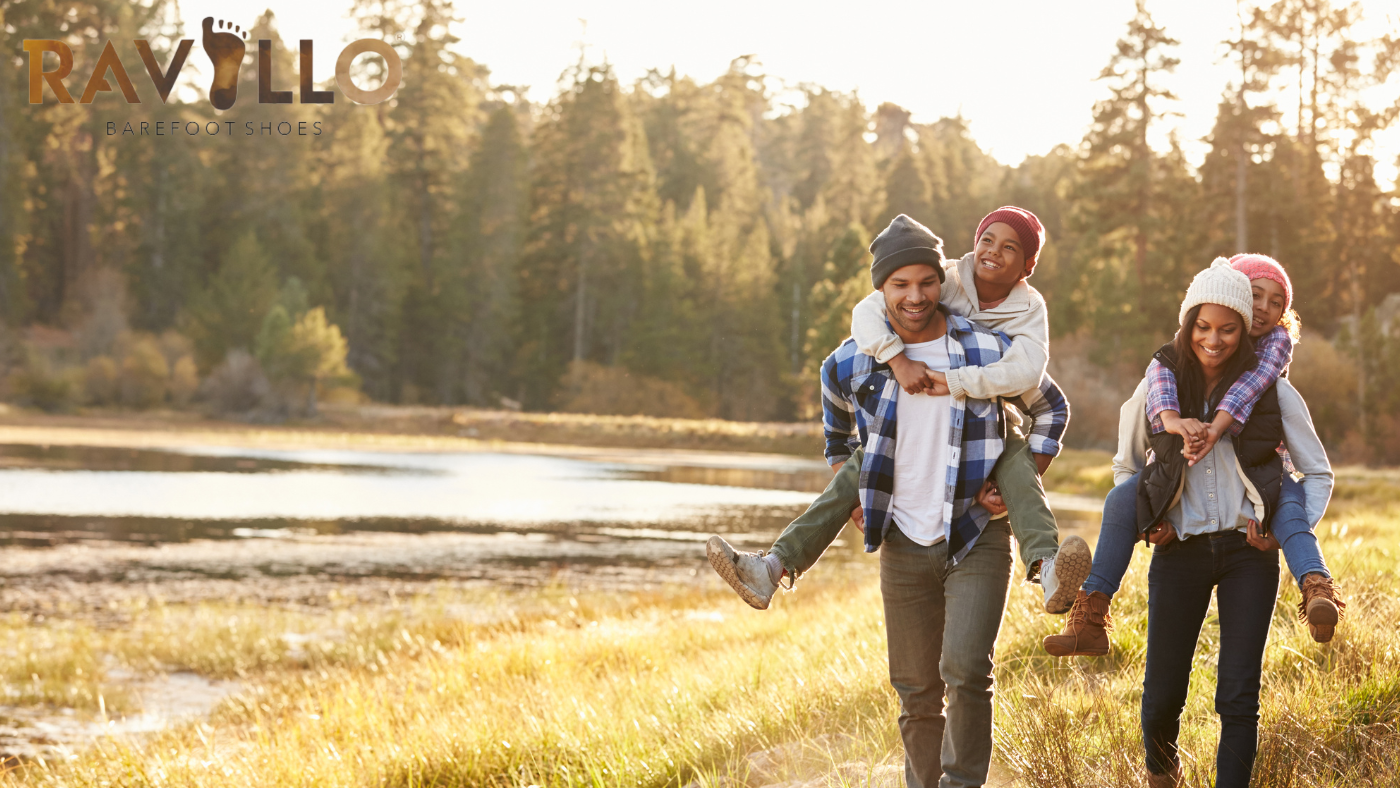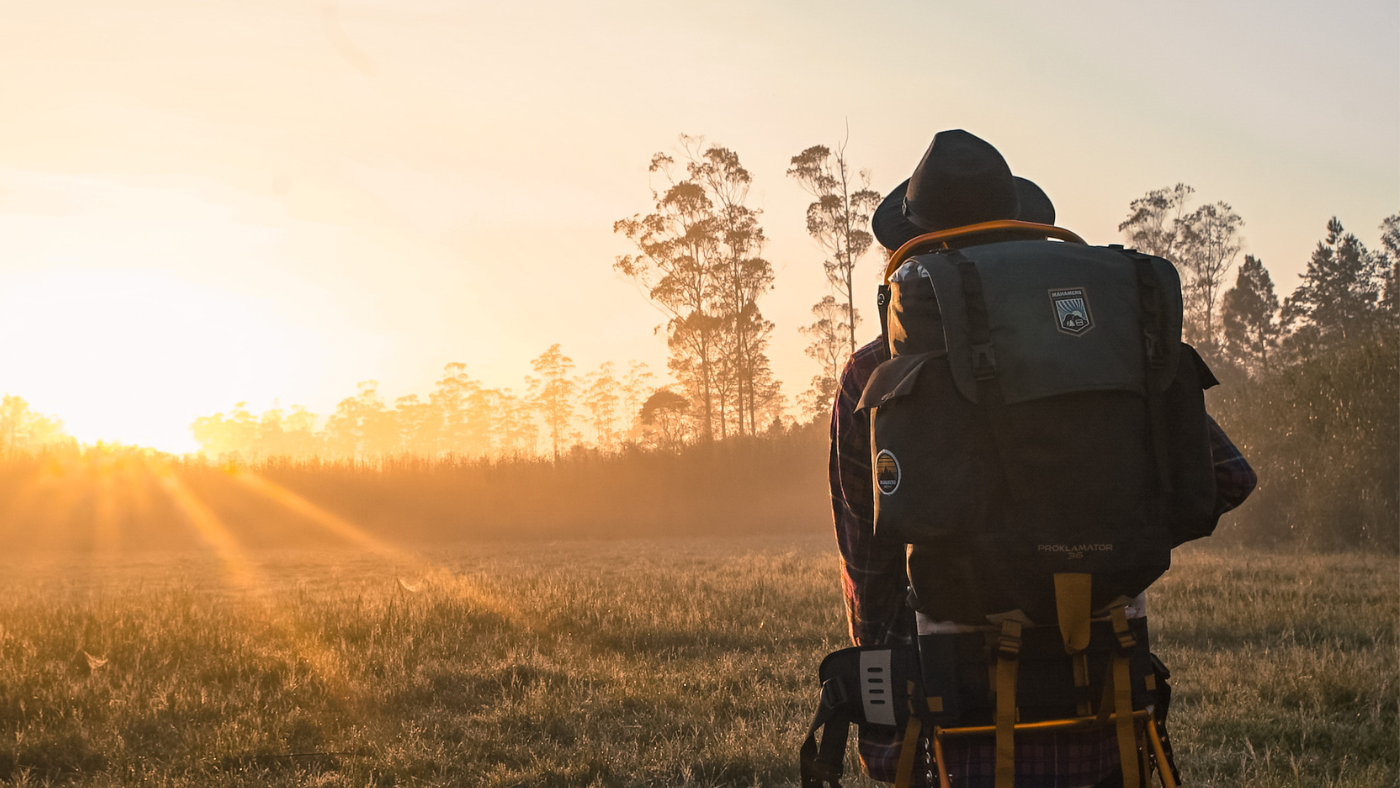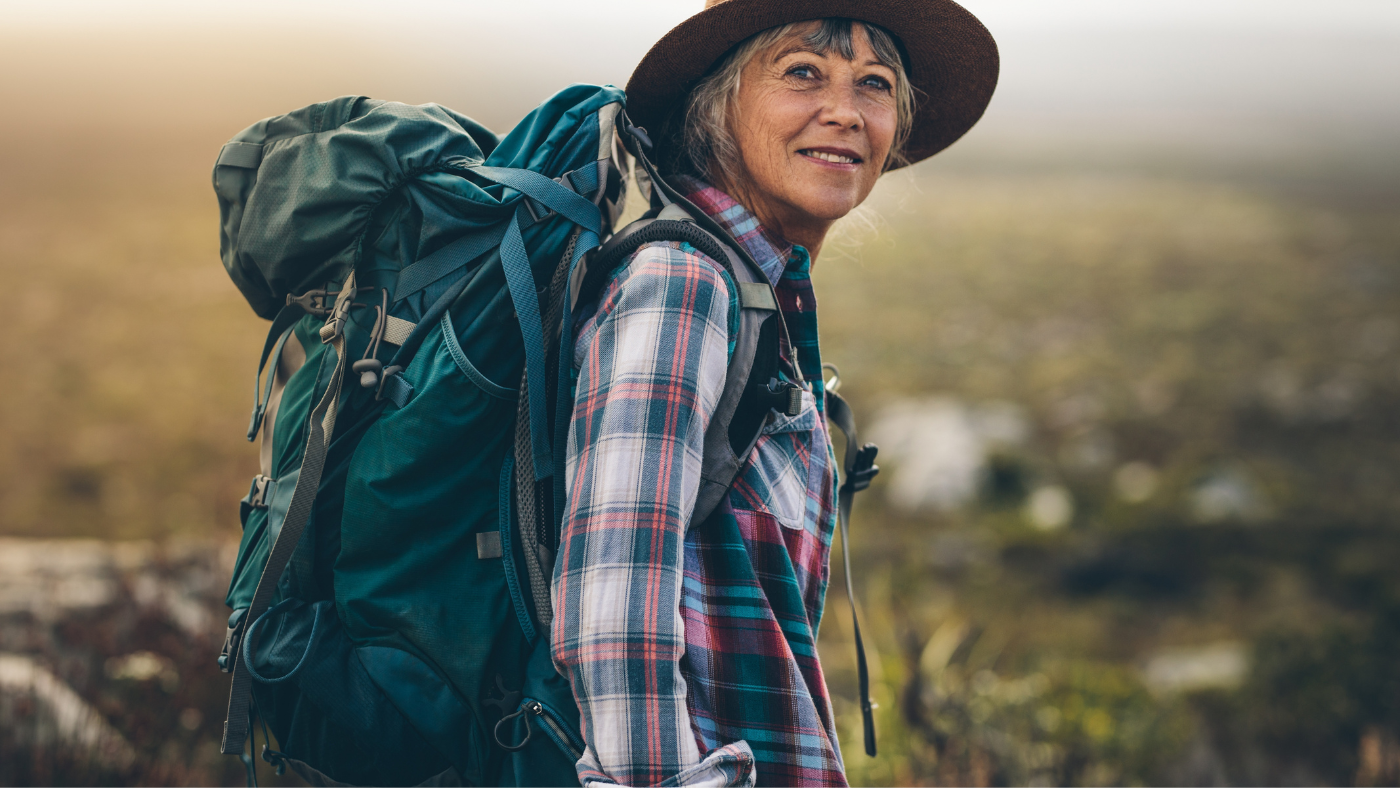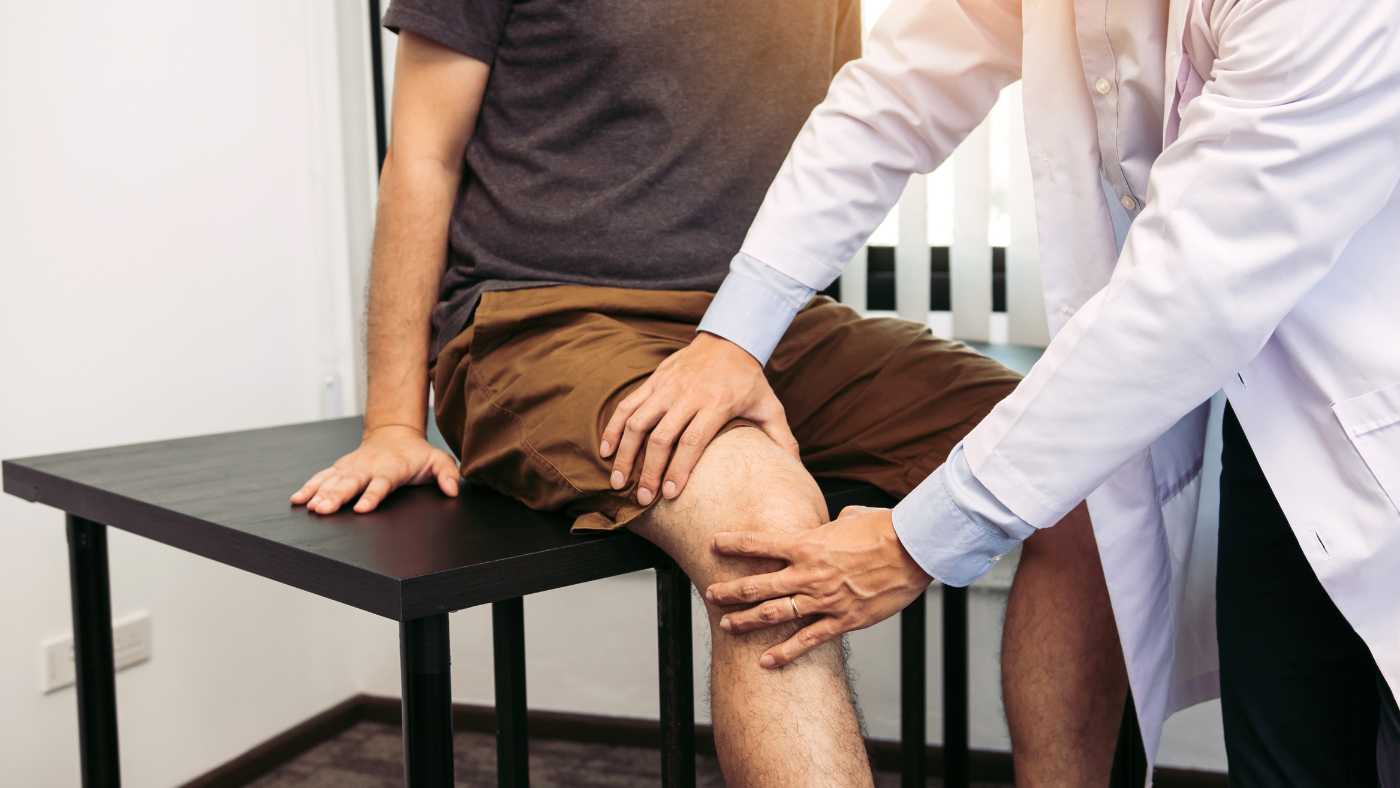Barefoot Shoes - What They Don't Tell You About ....
Transitioning to minimalist footwear, particularly barefoot shoes, is a journey that promises improved foot health, better balance, and enhanced longevity in physical activities. Barefoot shoes, known for their minimalist design, offer a distinct departure from conventional footwear. This guide explores the benefits, challenges, and practical tips to help you make a successful transition to minimalist footwear.
What Are Barefoot Shoes?
Barefoot shoes are designed to mimic the natural shape and function of the human foot. They are characterized by four key features:
- Wider Toe Box: These shoes have a wider toe box that allows your toes to splay naturally, providing better balance and stability.
- Flatter Design: They are flatter, offering minimal support and encouraging the foot to engage its muscles more actively.
- Thinner Soles: The thin soles provide less protection but increase sensory feedback from the ground.
- Zero Drop: There is no difference in height between the heel and the forefoot, promoting a more natural posture and gait.
The Benefits of Barefoot Shoes
1. Enhanced Foot Health:
These shoes encourage natural foot movement and help in strengthening the muscles, tendons, and ligaments. This can lead to improved foot health and a reduction in common foot problems such as plantar fasciitis and bunions.
2. Better Balance and Proprioception:
The increased sensory feedback from the ground enhances proprioception, the body's ability to sense its position and movements. This can lead to better balance and fewer falls, particularly important for activities like hiking and climbing.
3. Natural Posture and Gait:
With a zero-drop design, they promote a more natural posture and gait, reducing the strain on your joints and lower back.
The Challenges of Transitioning to Barefoot Shoes
1. Adaptation Period:
Transitioning to minimalist footwear can be challenging, especially if you have spent decades wearing conventional footwear. Your feet need time to adapt to the lack of support and cushioning.
2. Initial Discomfort:
The initial period can be uncomfortable as your feet adjust to the new demands. You may experience soreness, especially if you jump straight into long walks or runs without proper preparation.
3. Risk of Injury:
Without proper transition techniques, there is a risk of injury. Common issues include blisters, muscle soreness, and even stress fractures if you overdo it.
Practical Tips for a Smooth Transition
1. Gradual Transition:
Start by wearing minimalist shoes for short periods and gradually increase the duration. This allows your feet to adapt without overwhelming them.
2. Strengthening Exercises:
Incorporate foot strengthening exercises into your routine. One effective technique is "foot doming" or "short foot," where you actively try to create an arch in your foot using the muscles of your legs. This can be practiced while standing, squatting, or performing other exercises.
3. Tissue Work and Self-Massage:
Use tools like trigger point balls or even a golf ball to massage the bottom of your feet. This helps release tight and weak muscles, making them more resilient to the pressure from the ground.
4. Proper Footwear for Transition:
Initially, you might want to use shoes with a slightly thicker sole or more protection. As your feet strengthen, you can move to thinner-soled shoes.
5. Pay Attention to Your Gait:
Observe your walking and running gait. Ensure that your feet are pointing straight and not externally rotated. Improving ankle mobility can help correct gait issues.
Strengthening Foot Muscles
Foot Doming Technique:
- Stand with Feet Hip-Width Apart: Ensure your feet are directly under your hips.
- Anchor Your Toes: Press the long flexors of your toes lightly into the floor.
- Generate Torque: Imagine there is a crack between your feet and try to externally rotate your feet, spreading the crack apart.
- Lift the Pelvic Floor: Exhale and engage your pelvic floor by thinking "pee in, poop in."
Practice this technique regularly to build strength and create a natural arch in your foot. This will not only support you in minimalist shoes but also enhance your overall foot health.
Improving Ankle Mobility
Limited ankle mobility can lead to compensatory movements that strain other parts of your body. Here are some tips to improve ankle dorsiflexion:
- Daily Ankle Stretches: Perform stretches that target the calf muscles and Achilles tendon.
- Calf Raises: Strengthen the calf muscles by performing calf raises, both on flat ground and on a step.
- Use a Slant Board: Incorporate a slant board into your stretching routine to increase the range of motion in your ankles.
Addressing Toe Splay
Even with wide barefoot shoes, your toes might need extra help to splay naturally. Consider the following techniques:
- Toe Spreaders: Use toe spreaders to help your toes spread out and reduce the effects of wearing narrow shoes.
- Toe Glove Technique: Interlace your fingers with your toes and gently move them around to increase mobility and flexibility.
- Regular Toe Exercises: Practice toe exercises such as picking up objects with your toes or spreading them out as wide as possible.
Dealing with Initial Discomfort
Initial discomfort is common when transitioning to minimalist shoes. Here are some ways to manage it:
- Start Slowly: Wear minimalist shoes for short periods initially and gradually increase the time.
- Alternate Footwear: Alternate between minimalist shoes and more supportive footwear during the transition period.
- Use Soft Surfaces: Start walking on softer surfaces like grass or sand before moving to harder surfaces like pavement.
Conclusion
Transitioning to barefoot shoes can be a rewarding experience that leads to better foot health, improved balance, and a more natural gait. However, it requires patience and a systematic approach. By gradually introducing minimalist footwear, strengthening your foot muscles, improving ankle mobility, and addressing toe splay, you can make a smooth and successful transition.
Remember, the key to success with minimalist shoes is consistency and gradual progression. Listen to your body, make adjustments as needed, and enjoy the journey to healthier, happier feet.



